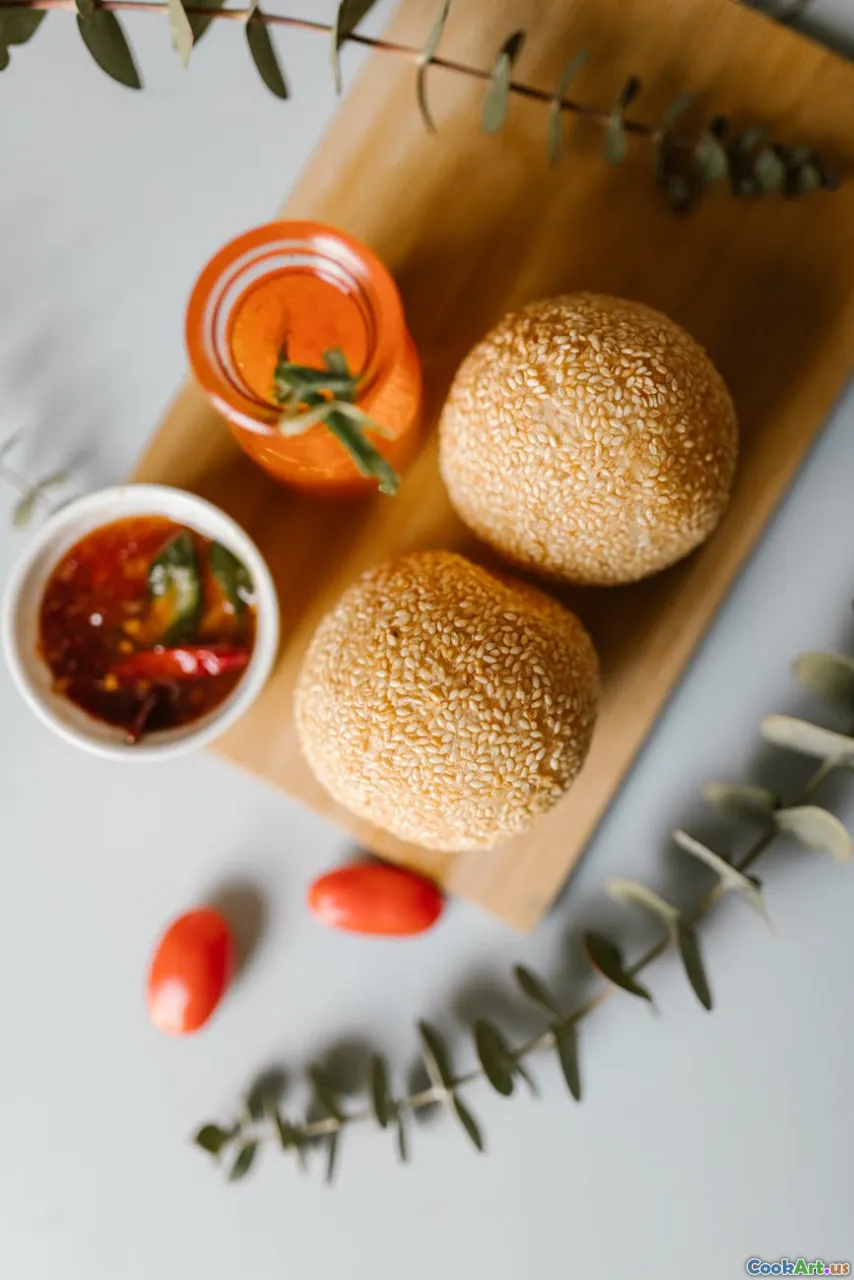Flavors United: The Beauty of Fusion Cooking
5 min read Explore the vibrant world of fusion cooking, where diverse cuisines unite to create innovative and delightful dishes. April 06, 2025 06:45
Flavors United: The Beauty of Fusion Cooking
Fusion cooking represents a remarkable culinary evolution that beautifully marries diverse flavors and traditions from around the world. As globalization brings cultures closer, the kitchen has emerged as a melting pot of culinary creativity, where chefs and home cooks alike experiment with flavors, techniques, and ingredients that may once have seemed worlds apart.
The Roots of Fusion Cuisine
Historically, fusion cuisine can be traced back to trade routes that introduced various spices and ingredients to different cultures. The Silk Road, for example, allowed for the exchange of not just goods but also culinary practices. Today, fusion cooking celebrates this rich heritage, emphasizing the interconnectedness of food traditions.
Understanding Fusion Cooking
Fusion cooking is not merely about combining ingredients from different cuisines; it requires a thoughtful blend of flavors and cooking techniques that respect each tradition while creating something entirely new. It’s about finding balance, ensuring that the final dish honors the essence of its components.
Techniques in Fusion Cooking
-
Ingredient Substitution: One of the simplest ways to create fusion dishes is by substituting traditional ingredients with those from another cuisine. For example, using miso in a classic Italian risotto adds umami depth, bridging Japanese and Italian flavors.
-
Culinary Techniques: Techniques from different cuisines can also be merged. Imagine using a Korean BBQ method to marinate meats served with Mexican tortillas, creating a unique taco experience.
-
Flavor Pairing: Successful fusion relies on understanding how flavors interact. The sweetness of mango complements the heat of jalapeños, making it a popular choice in many fusion dishes.
Iconic Fusion Dishes
Several popular fusion dishes have taken the culinary world by storm:
- Sushi Burritos: Combining the concept of sushi with the portability of a burrito, this dish encapsulates the best of both worlds.
- Korean Tacos: These tacos bring together Korean bulgogi and Mexican tortillas, offering a unique flavor profile that has gained immense popularity.
- Indian Pizza: Topping pizza with tikka masala chicken and garlic naan adds a spicy twist that celebrates both Italian and Indian cuisines.
Challenges of Fusion Cooking
Despite its appealing nature, fusion cooking often faces criticism. Purists from various culinary backgrounds may argue that certain combinations dilute traditional practices. The challenge lies in achieving authenticity while innovating. Successful fusion should feel seamless, where the dish’s origins are evident yet transformed into something unique.
The Future of Fusion Cuisine
As the world continues to shrink, the potential for fusion cooking grows exponentially. With the rise of social media, culinary enthusiasts are sharing their creations instantaneously, inspiring others to experiment and innovate. The beauty of fusion cooking lies in its ability to evolve with society, reflecting cultural shifts and global influences.
In conclusion, fusion cooking is not just about mixing flavors; it’s a celebration of cultural exchange and creativity. It invites us to explore, experiment, and expand our culinary horizons, reminding us that food has the power to unite us across borders. The next time you enjoy a fusion dish, take a moment to appreciate the diverse flavors and histories that came together to create it.









